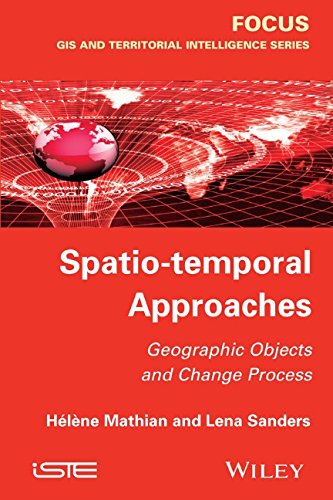

Most ebook files are in PDF format, so you can easily read them using various software such as Foxit Reader or directly on the Google Chrome browser.
Some ebook files are released by publishers in other formats such as .awz, .mobi, .epub, .fb2, etc. You may need to install specific software to read these formats on mobile/PC, such as Calibre.
Please read the tutorial at this link: https://ebookbell.com/faq
We offer FREE conversion to the popular formats you request; however, this may take some time. Therefore, right after payment, please email us, and we will try to provide the service as quickly as possible.
For some exceptional file formats or broken links (if any), please refrain from opening any disputes. Instead, email us first, and we will try to assist within a maximum of 6 hours.
EbookBell Team

5.0
108 reviewsSpatio-temporal Approaches presents a well-built set of concepts, methods and approaches, in order to represent and understand the evolution of social and environmental phenomena within the space. It is basedon examples in human geography and archeology (which will enable us to explore questions regarding various temporalities) and tackles social and environmental phenomena. Chapter 1 discusses how to apprehend change: objects, attributes, relations, processes.
Chapter 2 introduces multiple points of view about modeling and the authors try to shed a new light on the different, but complementary approaches of geomaticians and thematicians. Chapter 3 is devoted to the construction of spatio-temporal indicators, to various measurements of the change, while highlighting the advantage of an approach crossing several points of view, in order to understand the phenomenon at hand. Chapter 4 presents different categories of simulation model in line with complexity sciences. These models rely notably on the concepts of emergence and self-organization and allow us to highlight the roles of interaction within change. Chapter 5 provides ideas on research concerning the various construction approaches of hybrid objects and model couplings.